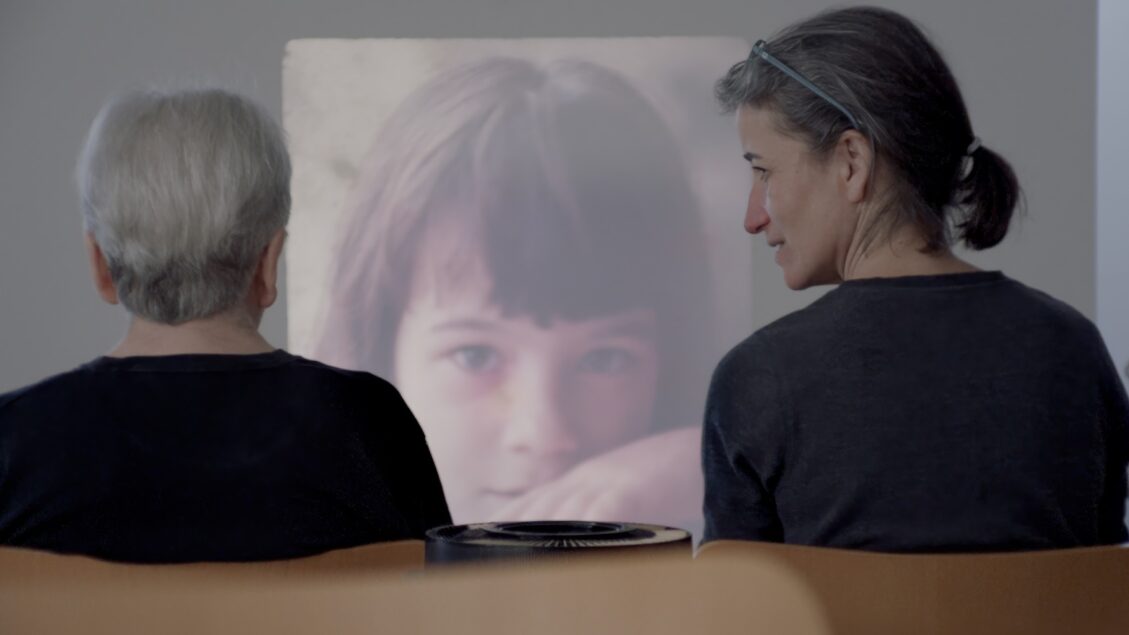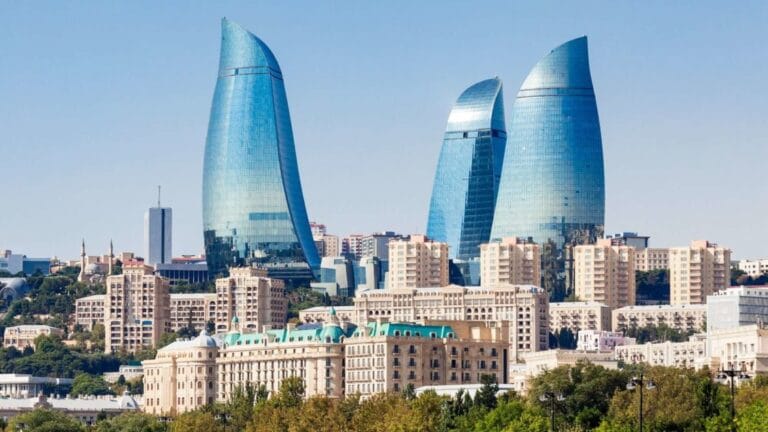Yael Melamede’s ‘Ada: My Mother the Architect’ is a Portrait of a Celebrated Designer Told Through a Familial Lens
✕
An unscientific survey of the Internet Movie Database shows nearly 100 feature-length architecture documentaries released since 2000. About 10 are focused on woman architects; fewer are dedicated to a single subject. On that score alone, Ada: My Mother the Architect, Yael Melamede’s film about Ada Karmi-Melamede, is worth our attention. But as can be guessed from the title, this is more than a portrait of the “madame of Israeli architecture.” Ada is an inquiry into the complicated relationship between mother and daughter. There is a micro-tradition of the children of famous architects turning the lens on their parental history. Examples include My Architect (2003), Nathaniel Kahn’s portrait of his father, Louis Kahn, and Eero Saarinen: The Architect Who Saw the Future, shot by and featuring Eric Saarinen. But a daughter documenting her mother? Unheard of.

A personal family photo of Yael Melamede and her mother, Ada Karmi-Melamede. Photo courtesy Salty Features
Ada has played on the festival circuit since 2024 and will be released theatrically in New York May 8, to coincide with Mother’s Day. Organized into five sections—Roots, Route, Heart, Light, and Time—Yael tracks her mother’s life growing up in Tel Aviv after World War II, the daughter of Dov Karmi, one of the country’s most celebrated architects; joining her father’s practice and running it with her brother, Rami Karmi, himself very influential; her 14 years teaching at Columbia University; and starting her own firm and becoming one of the country’s premier architects herself. After the triumph of Rami and Ada’s Supreme Court Building, which opened in Jerusalem in 1992, she designed the Neot Hovav Museum and City Council and the Open University Campus in Ra’anana, among others notable public buildings. In 2007, Karmi-Melamede, who is now 88, received the Israel Prize for architecture, an honor also received by her father and brother.
There’s requisite archival footage and talking-head interviews, including with notables like Frank Gehry and Moshe Safdie. But rather than give us a slideshow tour of Ada’s professional history, Yael joins her mother in visiting sites and navigating archives. There’s an uproarious moment at the Supreme Court, where at the inner courtyard we see a tour guide pontificating about a bubbling fountain representing “the womb of a woman giving birth,” that the straight line on the ground symbolizes the law and “journey of life.” Yael then cuts to Ada, bemusedly watching and listening from the side. When the guide finishes and the tour continues, she says, “There’s no connection to anything. What a story! I didn’t design a womb!”

Yael and Ada at the Ada Karmi-Melamede Architects–designed IDC Facility in Hertzliya, Israel. Photo by Daniel Kedem, courtesy Salty Features
On-site experiences also give Yael a way into discussing her relationship with her mother, directly and symbolically. While at the Ramat Hanadiv Visitor Center, in Zichron Yacov, Ada talks about the way shadows descend and land in a space, which Yael edits together with Ada aggressively avoiding a discussion of the agonizing experience of her husband’s sudden death. It’s an incredibly moving sequence. Also at Ramat Hanadiv, Ada talks about not really knowing how a building will turn out. “Since I draw a lot, when I work on it I think, well, maybe I know it,” she says. “But once it’s built, you feel like you don’t know the half of it.” We can see from Yael’s face that she knows Ada could be talking about motherhood.
It’s easy for this threading of the professional and personal to turn maudlin. But Yael—who, like her mother, brother, uncle, and grandfather, was an architect before turning to filmmaking—never opts for cheap sentimentality. She deftly balances sweet and sour moments of she and Ada confronting work, parenthood, and their pasts, specifically wrestling with how Ada could have lived and worked in Tel Aviv while her children spent most of their lives in New York. The payoff comes in moments like Yael asking Ada if she has any questions for her, and Ada responding, “How do you love me for so many years?” It’s a gut punch that’s completely earned.
You get the sense watching Ada that this is perhaps Yael’s only way to get something close to clarity about her mother and their life together. But Ada is not so easily analyzed, and what we’re left with is where, I suspect, most children land with their parents: love, respect, and appreciation complicated by the kind of history and trauma that’s not easily quantified, understood, or forgotten.
Heady stuff for a film ostensibly about an architect. But as the film convincingly argues, motherhood is maybe the most challenging typology of all







